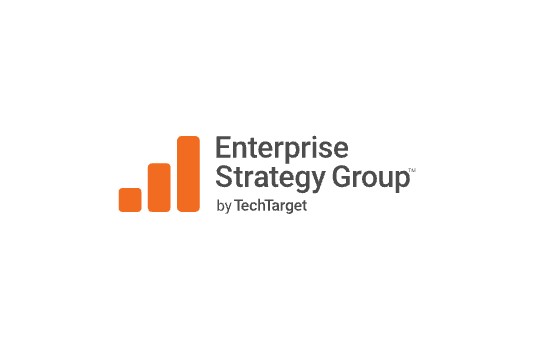 You may not have heard of Observe. It’s a relatively new company, launched in October 2020. Observe has been out selling, gaining customers, and growing market share. Though it’s been less than a year, Observe’s customer base already includes more than 20 tech/SaaS companies, including Topgolf.
You may not have heard of Observe. It’s a relatively new company, launched in October 2020. Observe has been out selling, gaining customers, and growing market share. Though it’s been less than a year, Observe’s customer base already includes more than 20 tech/SaaS companies, including Topgolf.
Who’s driving the bus? Observe boasts more than a few tech industry luminaries (both at the helm and backing them), including industry veterans Jeremy Burton (CEO, Dell), Keith Butler (CRO, Perfecto), John McMahon (Board Member, Snowflake and MongoDB), and Mike Speiser (Managing Director, Sutter Hill Ventures). In addition, Michael Dell (CEO, Dell), Frank Slootman (CEO, Snowflake), and Scott Dietzen, (Vice Chair, Pure Storage) were early investors.
So, what is Observe? It’s a SaaS-based observability product that enables site reliability engineers (SREs), DevOps, and Engineering teams to thoroughly examine modern distributed applications with context.
Observe is taking a fresh approach to observability—a unified and pragmatic approach. The most common approaches to observability rely on a number of siloed tools and databases and are based on the three pillars: Metrics, Logs, and Traces (MLT). These solutions typically collect a vast amount of disconnected data that can then be queried to better understand what is happening in an organization’s environment.
Observe offers organizations a more pragmatic approach to observability with the ability to ingest any type of data—and use that data to provide context. Observe groups all event data into a unified data store (powered by Snowflake) and then curates and relates it to things or resources valuable and easily understood by users (i.e., customers, pods, shopping carts, or containers).
Users are no longer looking at massive numbers of obscure metrics, unending logs, or unrelated events. Instead, they’re able to look at things that are relevant such as customer metrics related to response times and error rates or Kubernetes metrics related to Pods such as memory or usage. Observe offers metrics that are important and relevant.
What about alerts? Experience shows that setting alerts based on specific metrics at certain thresholds can generate alarm storms, wasting a great deal of time and resources. Observe allows users to create alerts based on relevant factors at each organization such as customers, pods, shopping carts, or containers.
A Simple, Consumption-based Model
Observe is leveraging modern application architectures and databases like Snowflake and is hosted in the cloud—and they’re using a simple, consumption-based credit model based on two elements: data querying and data storage.
According to Observe, their storage costs reflect current Amazon S3 pricing, plus minor charges for processing data on ingest. Querying data consumes “Observe Credits,” so when customers use Observe and perform queries, they pay. When customers aren’t using Observe, they don’t pay. It’s that simple.
It boils down to this—Observe’s pragmatic approach to data-centric observability allows organizations to use data with relevant context, enabling them to achieve faster troubleshooting, quicker time to resolution, improved customer satisfaction, reduced costs, and the ability to more easily meet compliance. In other words, it just makes sense.






